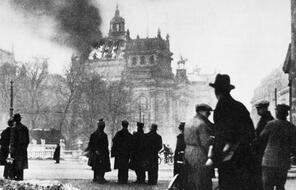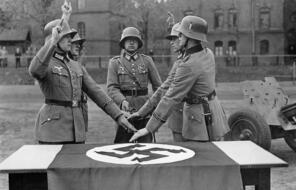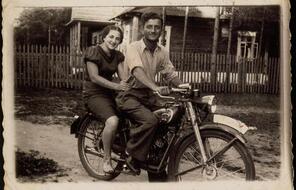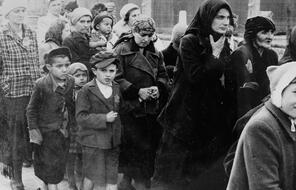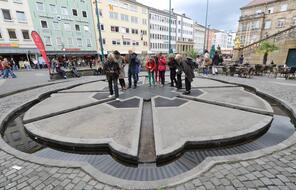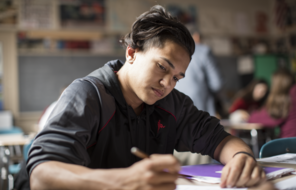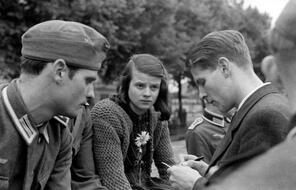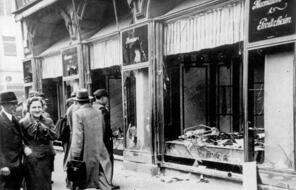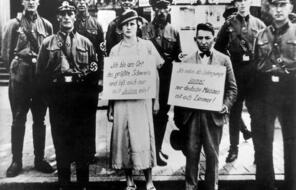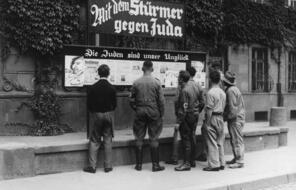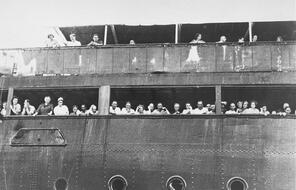Handout
Phases of the Holocaust
Help students understand the four major stages of the Holocaust according to scholar Doris Bergen.
At a Glance
Language
English — USAsunto
- History
- Social Studies
- The Holocaust
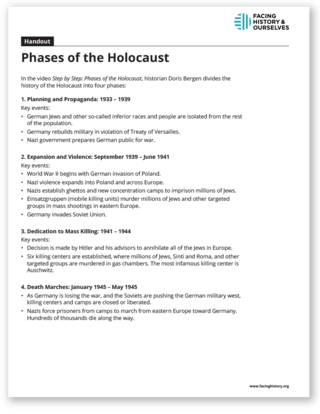
Get This Resource
Phases of the Holocaust Handout
Date of Publication:
October 2018
Four Phases of the Holocaust
In the video Step by Step: Phases of the Holocaust, historian Doris Bergen divides the history of the Holocaust into four phases. This handout outlines the four key phases of the Holocaust and lists significant events that took place during each phase.
Planning and Propaganda: 1933–1939
Key events:
- German Jews and other so-called inferior races and people are isolated from the rest of the population.
- Germany rebuilds military in violation of Treaty of Versailles.
- German government attacks properties and lives on Kristallnacht.
- Nazi government prepares German public for war.
Expansion and Violence: September 1939–June 1941
Key events:
- World War II begins with German invasion of Poland.
- Nazi violence expands into Poland and across Europe.
- Nazis establish ghettos and new concentration camps to imprison millions of Jews.
- Einsatzgruppen (mobile killing units) murder millions of Jews and other targeted groups in mass shootings in eastern Europe.
- Germany invades Soviet Union.
Dedication to Mass Killing: 1941–1944
Key events:
- Decision is made by Hitler and his advisors to annihilate all of the Jews in Europe.
- Six killing centers are established, where millions of Jews, Sinti and Roma, and other targeted groups are murdered in gas chambers. The most infamous killing center is Auschwitz.
Death Marches: January 1945–May 1945
Key events:
- As Germany is losing the war, and the Soviets are pushing the German military west, killing centers and camps are closed or liberated.
- Nazis force prisoners from camps to march from eastern Europe toward Germany. Hundreds of thousands die along the way.
Using the strategies from Facing History is almost like an awakening.
—
Claudia Bautista, Santa Monica, Calif

